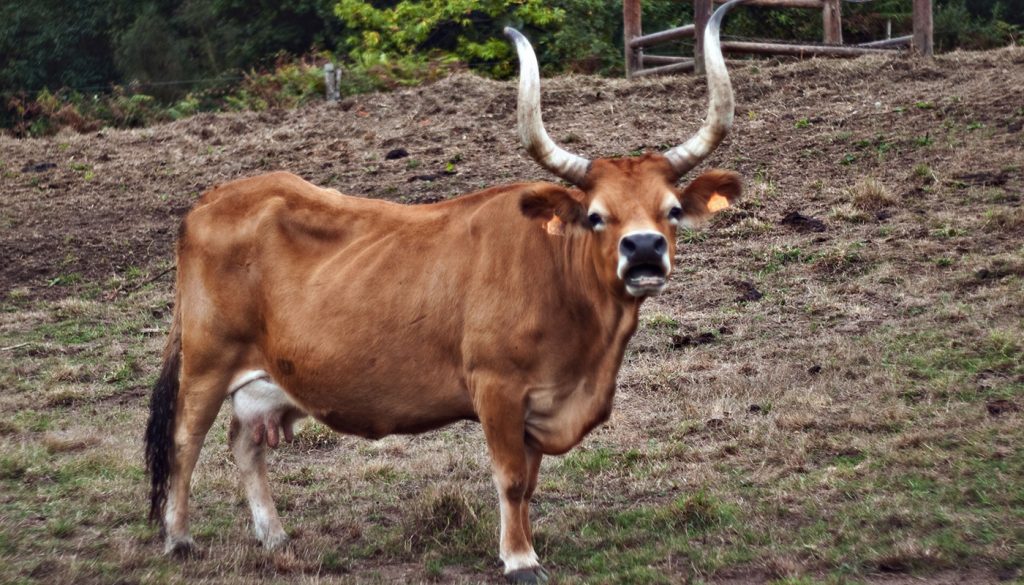
The Cachena cattle breed was originally raised as a triple purpose breed that was good as draft cattle, used for their milk and meat. They are no longer used for their milk or as a draft cattle breed but only for their beef.
These beautiful cattle love to free-range and do very well when let to do so. They have a knack for foraging out the herbs that grow wild in their area of origin.
CACHENA BREED OF CATTLE QUICK PROFILE OVERVIEW
|
|
|---|---|
| The Cachena breed of cattle was quite rare in 1986 but their numbers are slowly on the increase thanks to the protection and care of the Portuguese government. | |
| Country of Origin: | Portugal |
| Other Names: | None |
| Main Purpose: | Meat, milk, and draft |
| You may Also Like: | 35 Best Cattle Breeds for Milk – Dairy Cattle |
| You may Also Like: | 47 Best Cattle Breeds for Meat – Beef Cattle |
| Can be used for | Breed, Meat, Milk, Draft |
| Ideal Climate: | Heat, Cold, Most Climates |
| Conservation Status: |
Not Listed by the *ALC Status/Rarity: Protected in Portugal |
| Health Issues? | No known health issues |
| Good Starter Cattle? | Novice to intermediate Cattle farmer/keeper level |
| Cattle Associations: | Unclear – Please check with the American Dairy Association, National Association of Animal Breeders, Beef Cattle Breed Associations or The Beef Industry’s Information Center |
| Cattle Clubs: | Unclear – Please check with the American Dairy Association, National Association of Animal Breeders, Beef Cattle Breed Associations or The Beef Industry’s Information Center |
| Where to buy them? | Unclear – Please check with the American Dairy Association, National Association of Animal Breeders, Beef Cattle Breed Associations or The Beef Industry’s Information Center |
| Child Friendly? | Livestock should not be left unattended around unsupervised children |
| General Information: | Cachena cattle were in danger of extinction with only 30 registered heads in 1986. Put under the protection of the Portuguese government revival program the heads of Chancena cattle grew to 260 in just five short years. The breed continues to grow in numbers and by 2013 reported 4700 heads of cattle in around 165 thriving herds. The Cachena cattle are a small breed thought to have adapted their size to the harsh environments of their origins. A smaller cow takes less energy to survive during harsh climate changes and famine. The Cachena cow does not produce a lot of milk but her milk is prized and used and refined into the “Brandas da Cachena” cheese of Portugal. The Chanchena’s beef is named “Carne Cachena da Peneda” and bares the “Portuguese Protected Designation of Origin” protection. |
| Note: *ALC stands for American Livestock Conservancy | |
PHYSICAL CHARACTERISTICS |
||||||||||||||||||||||||||||||||
|---|---|---|---|---|---|---|---|---|---|---|---|---|---|---|---|---|---|---|---|---|---|---|---|---|---|---|---|---|---|---|---|---|
| The Cachena is not a very big cattle breed and has a small compact but well-muscled body. Their backs are straight and in-line with the thick necks that have little to no dewlap. Their legs are relatively long in comparison to their height and they have a heart-shaped wide face with a slightly upturned snout. | ||||||||||||||||||||||||||||||||
| Size: | Small | |||||||||||||||||||||||||||||||
|
||||||||||||||||||||||||||||||||
COW BREEDING & MILKING INFORMATION |
|
|---|---|
| Most Cattle produce milk but not all of them are used in the dairy Cattle capacity for their milk. Cows only calve once a year and should have 12 to 14-month inter-calving cycle. The Cachena make excellent mothers with really good motherly instincts. They do produce quite a bit of milk with good butterfat content. They are very fertile and have easy births with little to no birthing problems. | |
| Breeding Period/cycle: | Usually lasts 6 to 24 hours Most ave. 12 to 16 hours Cows usually come on heat every 21 days. |
| Estrous cycle: | Ave. 17 days to 24 days Heifer – usually ave. 20 days Cows – usually ave. 21 days |
| Gestation Period: | Usually, around 279 to 287 days but most gestation is 283 days. Cows that are carrying bull calf’s their gestation period is usually a little longer than cows that are carrying heifer calves. |
| No. Calves/Litter: | 1 calf at a time. Cows rarely have twins or triplets, but it can happen |
| Lactation Period: | Cows lactation period can last for up to about 10 months (305) days. |
| Milking From: | 1 to 6 weeks after Calving |
| Drying off Period: | The cow should have a 12 to 14-month inter-calving cycle. Drying off period for around 60 days before she can calve again. |
| Milk Quality: | Good |
| Milk Ideal for: | Calves and cheese (see general comments for more information on the cheese) |
| You may Also Like: | 35 Best Cattle Breeds for Milk – Dairy Cattle |
CATTLE MEAT PRODUCTION INFORMATION |
||||||||
|---|---|---|---|---|---|---|---|---|
| The calves are strong, robust and grown adequately fast. The beef is of a high quality and has a Portuguese protected standard and name (see general information in this article for more information). They have a good carcass yield and meat to bone ratio with hardly any waste. | ||||||||
| Meat Production? | Yes, Quality: Good | |||||||
|
||||||||
| You may Also Like: | 47 Best Cattle Breeds for Meat – Beef Cattle | |||||||
CATTLE SKIN PRODUCTION INFORMATION |
||||||||
|---|---|---|---|---|---|---|---|---|
| Most meat Cattle will have a skin by-product, and these are usually used in some form or just as a hide. Although they are not particularly bred for their skin it is a by-product of their meat production and used in the manufacture of some leather goods. | ||||||||
| Skin Production? | No, Quality: Good | |||||||
| Skin is used to Produce: | Calf/cow skin leather products such as shoes, car seats, fine leather coats, gloves, handbags, belts, furniture, rugs, etc. | |||||||
|
||||||||
HISTORY
The Cachena cattle were bred in Northern Portugal and Galicia. They were developed from the cross of local yellow and brown cattle that were common to the area.
They are one of the smallest cattle breeds in the world and their height should not exceed that of 110 cm in both the cows or bulls.
They were originally bred in the Vila Real District which is a poor district located in the extreme north of Portugal. The climate in the district ranged from cold, humid temperatures in the winter to that of hot and dry summers. With a result, the grazing environment on which the Canchena cattle were bred was not too fertile and quite arduous. Thus, the Cachena cattle became adept at foraging out food where they good and their smaller size enabled them to use less energy than a full-sized cow would.
Originally, they were used as draft cattle as they are decidedly powerful for their smaller size. They were also kept for their milk which had a very good and unique taste. This was due to the fact that the Cachena cattle loved to find and graze on the wild herbs that could be found across the range where they grazed.
Video
USEFUL LINKS
- Purebred Dairy Cattle Association
- American Dairy Association
- National Association of Animal Breeders
- American Dairy Science Association
- United States Cattlemen’s Association
- National Cattlemen’s Beef Association
- American National Cattlewomen
- Beef Cattle Breed Associations
- National Cattlemen’s Beef Association
- Fur Commission USA
- North American Meat Institute
- American Livestock Conservancy
- Animal Shelter (ASPCA)
- American Veterinary Medical Association
- American Animal Welfare Society
- American Animal Control
- American Society of Animal Science
- United States Department of Agriculture
 Highland Cattle Breed – Everything You Need to Know
Highland Cattle Breed – Everything You Need to Know Alambadi Cattle Breed – Everything You Need to Know
Alambadi Cattle Breed – Everything You Need to Know Speckle Park Cattle Breed – Everything You Need to Know
Speckle Park Cattle Breed – Everything You Need to Know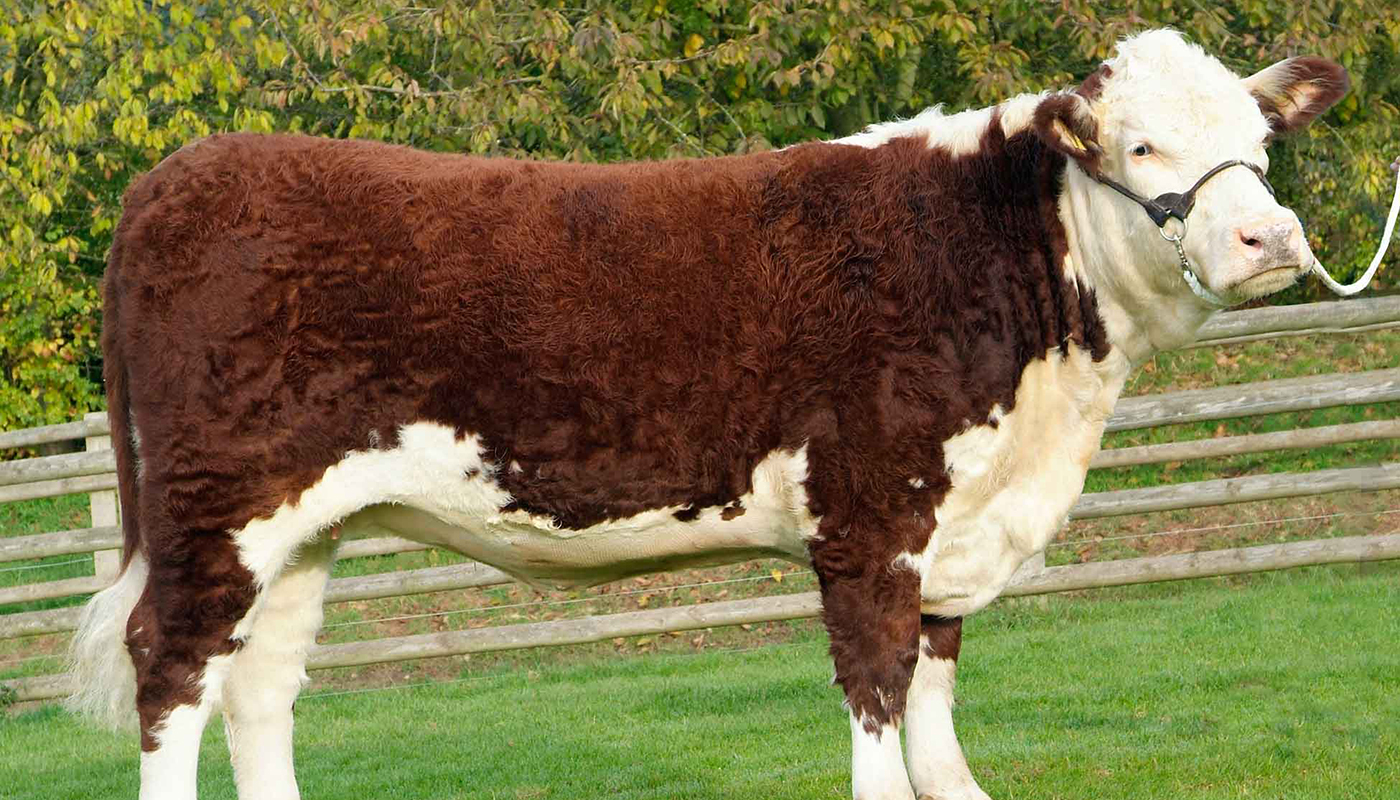 Hereford Cattle Breed – Everything You Need to Know
Hereford Cattle Breed – Everything You Need to Know Nelore Cattle Breed – Everything You Need to Know
Nelore Cattle Breed – Everything You Need to Know Welsh Black Cattle Breed – Everything You Need to Know
Welsh Black Cattle Breed – Everything You Need to Know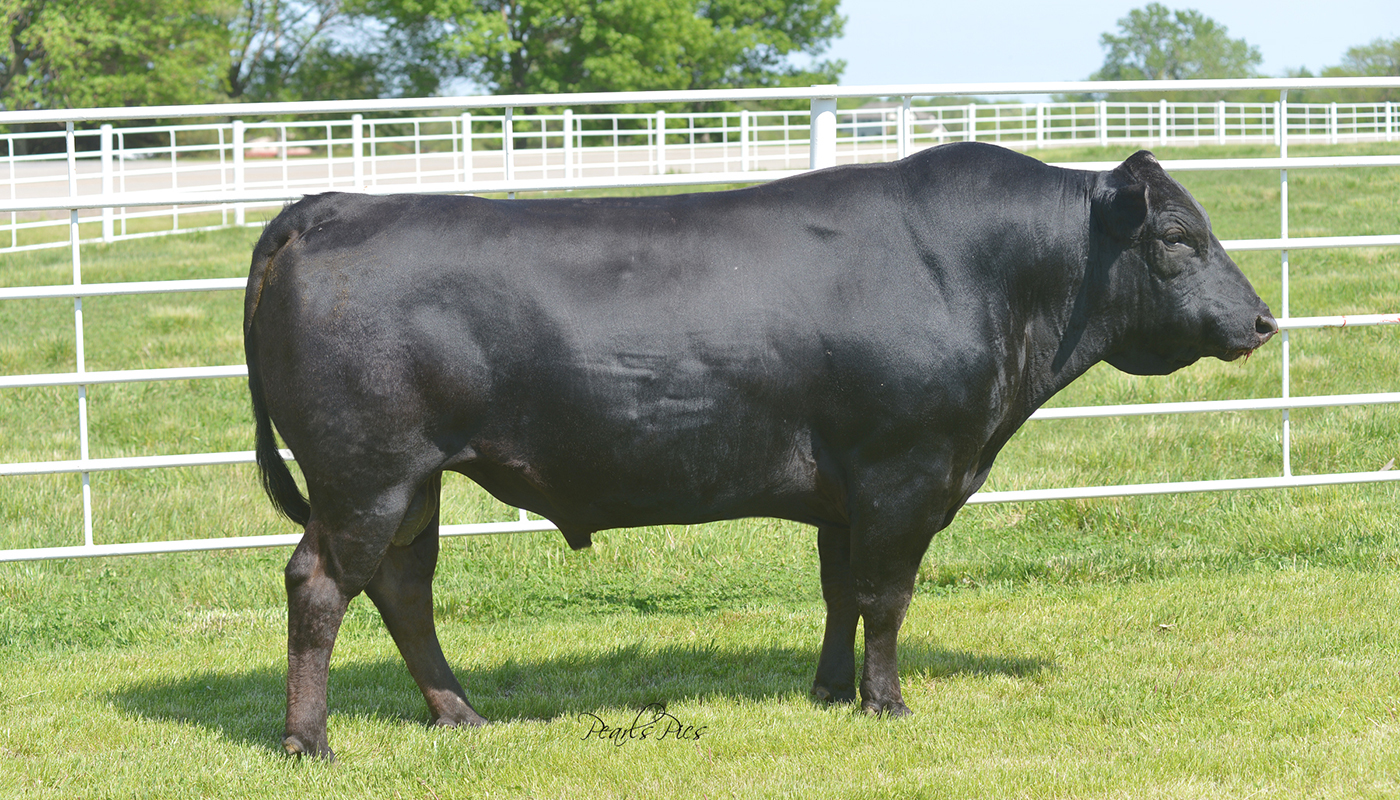 Wagyu Cattle Breed – Everything You Need to Know
Wagyu Cattle Breed – Everything You Need to Know Heck Cattle Breed – Everything You Need to Know
Heck Cattle Breed – Everything You Need to Know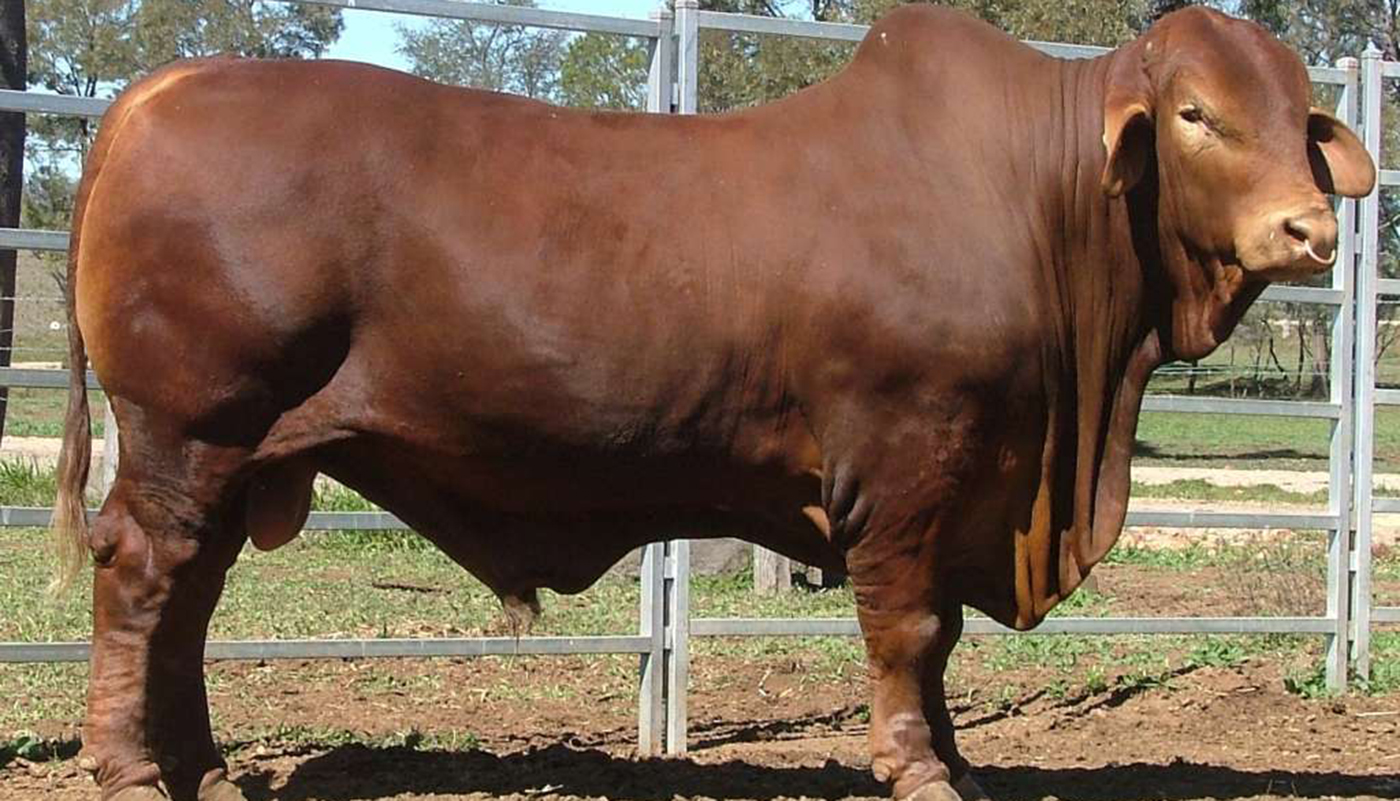 Droughtmaster Cattle Breed – Everything You Need to Know
Droughtmaster Cattle Breed – Everything You Need to Know Aubrac Cattle Breed – Everything You Need to Know
Aubrac Cattle Breed – Everything You Need to Know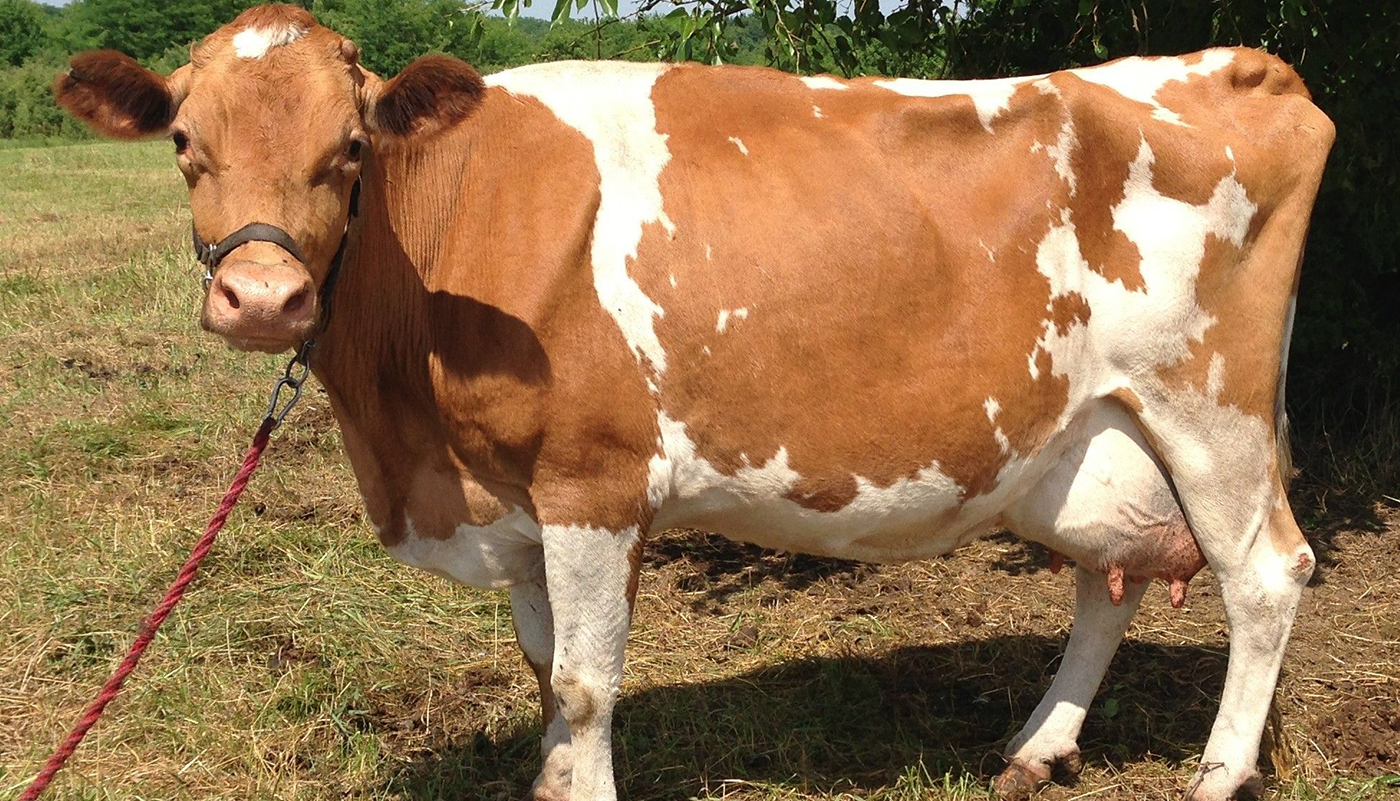 Guernsey Cattle Breed – Everything You Need to Know
Guernsey Cattle Breed – Everything You Need to Know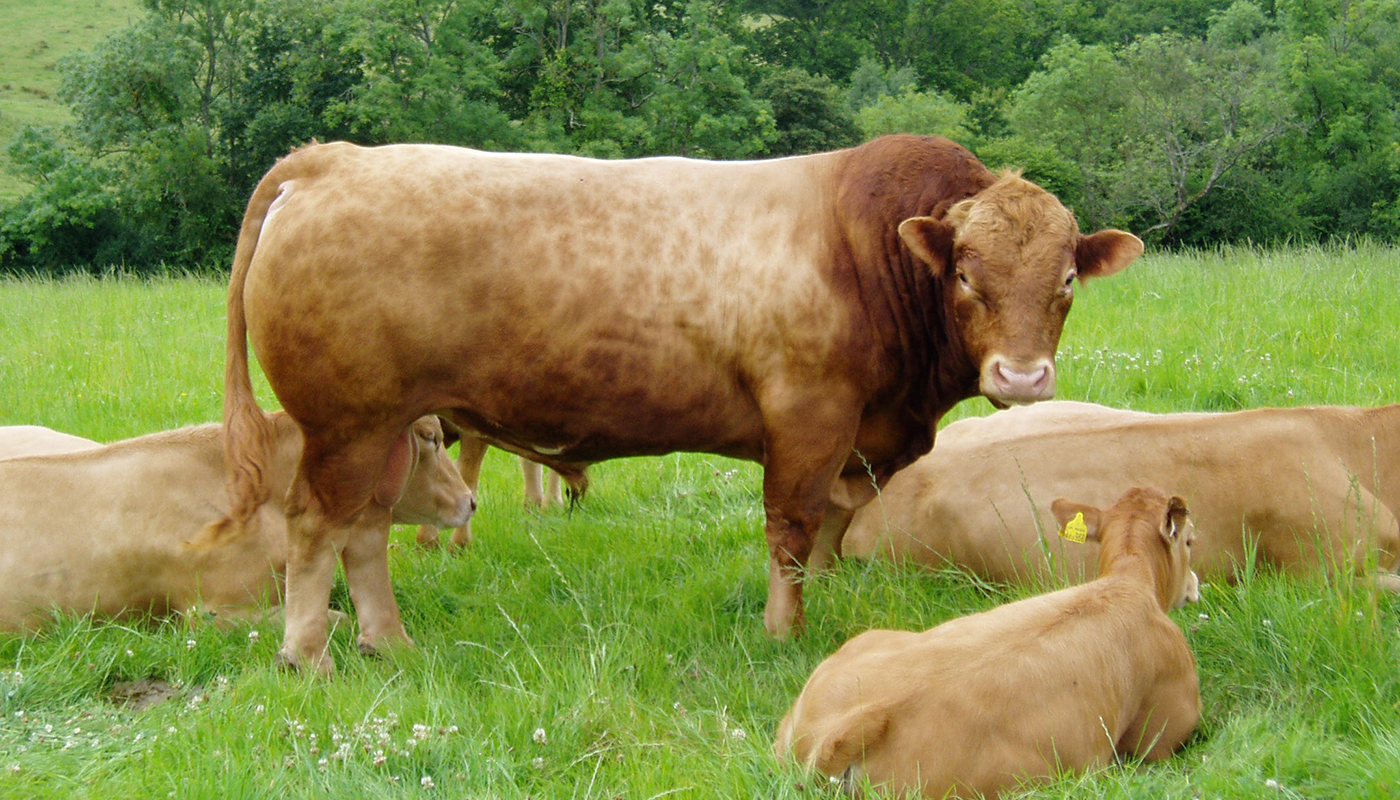 Gelbvieh Cattle Breed – Everything You Need to Know
Gelbvieh Cattle Breed – Everything You Need to Know